The developer shortage continues to cause headaches for many organizations around the world. This is the scenario and some alternatives that could relieve it.

Most companies around the world are becoming digital in one way or another, with websites, e-commerce, mobile apps, or custom software. Many of these companies require innovative digital solutions to differentiate from their competitors, and it implies more complex projects. Additionally, almost any appliance or device includes some form of software.
This growing trend fuels a solid demand for software development engineers. As stated by the U.S. Bureau of Labor Statistics jobs in software development are expected to increase by 25% between 2021 and 2031.
But there are not enough software engineers available to satisfy this growing demand. According to IDC Market Perspective, there will be a global shortage of 4 million full-time developers in 2025, and in a survey made by the Linux academy, 67% of employers said they couldn’t find qualified candidates to fill their open IT positions.
While organizations are looking for alternatives to bridge this gap, such as outsourcing or nearshoring, other options are required to solve this situation in the long term. In addition, to creating and enhancing the educational infrastructure to train full-time developers, two other things may contribute to solving the shortage issue.
Citizen development
Citizen developers are non-IT experts who seek solutions for their unique problems and use low-code/no-code (LCNC) platforms to create the solutions themselves.
Microsoft PowerApps, Google AppSheet, Salesforce Platform, Appian, App Builder and
Zoho Creator, are the most popular LCNC platform. The projected growth of this market, 20% in 2023 according to Gartner, is a clear indication of a trend that will continue.
Another Gartner survey on citizen development, shows 41% of respondents having active citizen development initiatives and 20% of the rest evaluating or planning to start citizen development initiatives, while Microsoft predicts 450 million apps will be built in the next five years using LCNC tools, and organizations as the PMI (Project Management Institute) are including a Citizen Developer education suite as part of their portfolio.
We expect to see more non-IT people becoming citizen developers and creating applications on their own in the coming years.
Artificial Intelligence/Machine Learning
AI will not act as a replacement for software developers, but AI algorithms integrated into development tools will increase developers’ work and make them more productive.
Things such as completing code, teaching developers to utilize new features, or searching in the code will surely become more common in the near future. Self-testing software is another area where we will see an impact. where testing AI operates without human intervention, will greatly expand.
And there are other areas where AI will help to improve the development team’s productivity as analyzing system logs for early error detection, automatic code refactoring, design assistance, and even requirements gathering.
As Niels Bohr quoted prediction is very difficult, especially about the future, but the demand for highly skilled software developers will continue growing, and new approaches will be necessary to satisfy this demand.

